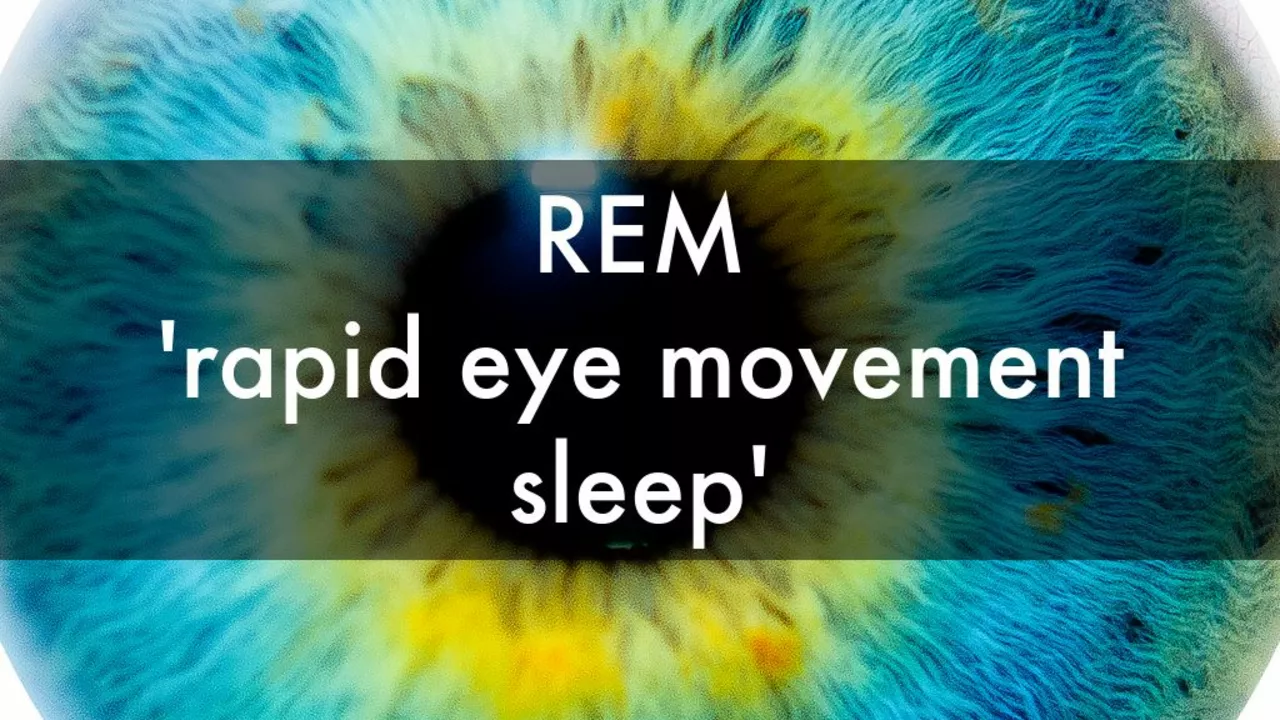Rapid Eye Movement (REM) Sleep: What It Is and Why It Matters
You spend roughly a quarter of your night in rapid eye movement (REM) sleep — the stage linked to vivid dreams, memory work, and emotional reset. REM isn’t just dreamy fluff; it helps consolidate memories, process emotions, and recharge parts of your brain tied to creativity and mood.
What REM does for your brain
REM shows up in 90-minute cycles after the first deep sleep phase. During REM your eyes move quickly under closed lids, brain activity looks awake on a monitor, and your body is largely paralyzed so you don’t act out dreams. That paralysis, called atonia, is normal and protective.
Here’s the practical side: REM helps lock in new facts and skills, especially emotional memories. If you skimp on REM, you may notice worse mood, foggy thinking, or trouble recalling things. Some studies link REM changes to anxiety, depression, and poorer creative problem solving.
Common REM problems and what causes them
Several things break REM apart. Alcohol and some medications (many antidepressants) blunt REM. Sleep apnea fragments sleep so you miss full REM cycles. Shift work, jet lag, and chronic sleep loss reduce REM time. Aging also slowly trims REM proportion, which can affect memory and mood.
There are REM-specific disorders you should know about. REM sleep behavior disorder (RBD) happens when atonia fails — people kick, punch, or act out dreams and can injure themselves or a partner. Narcolepsy can make REM intrude into wakefulness, causing vivid dreams or sleep paralysis during the day. Frequent, intense nightmares can also point to REM-related issues.
Watch for signs: vivid or violent dreaming, waking with injuries, extreme daytime sleepiness, sudden muscle weakness with strong emotions (cataplexy), or loud snoring and gasping that suggests apnea. If any of these happen often, see a sleep specialist.
Testing usually involves overnight polysomnography (a sleep study) to measure brain waves, breathing, and muscle activity. That helps doctors spot REM loss, apnea, or RBD and choose treatment.
Protecting REM is mostly about good sleep habits and treating underlying problems. Here are clear, useful steps.
How to protect your REM sleep
1) Prioritize enough sleep. REM increases later in the night, so cutting sleep short steals REM. Aim for 7–9 hours regularly. 2) Keep a steady schedule. Go to bed and wake up at the same times, even on weekends. 3) Skip alcohol and heavy meals close to bedtime — alcohol cuts REM early in the night. 4) Limit caffeine after mid-afternoon. 5) Treat sleep apnea if you snore and wake gasping; CPAP can restore normal REM cycles. 6) Be mindful with meds — talk to your doctor if an antidepressant or other drug seems to change your dreams or energy. 7) Wind down before bed with low light and calm activities; bright screens and late stress block REM-friendly sleep architecture.
If you or a bed partner notice violent dream behaviors or you’re constantly exhausted despite time in bed, get evaluated. REM problems are treatable, and fixing them often brings big gains in memory, mood, and daytime energy.
As a blogger, I've recently discovered the significant impact Rapid Eye Movement (REM) sleep has on weight loss and metabolism. It turns out, during REM sleep our bodies are actually burning calories at a higher rate compared to other sleep stages. This is mainly because our brains are highly active, leading to an increased demand for energy. Moreover, getting enough REM sleep can help regulate our appetite and prevent overeating. So, prioritizing good sleep quality is essential not only for our overall well-being, but also for maintaining a healthy weight and metabolism.
